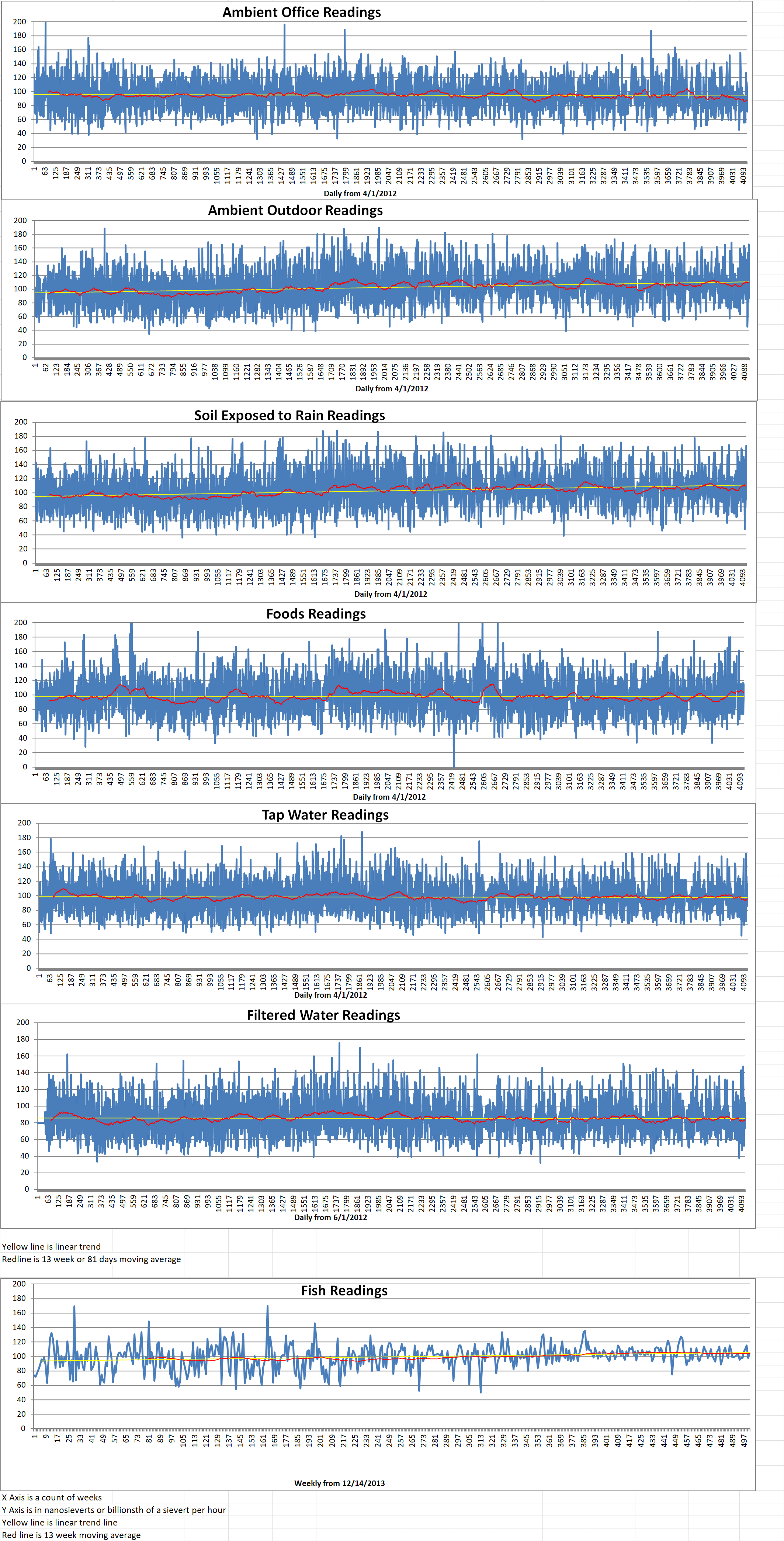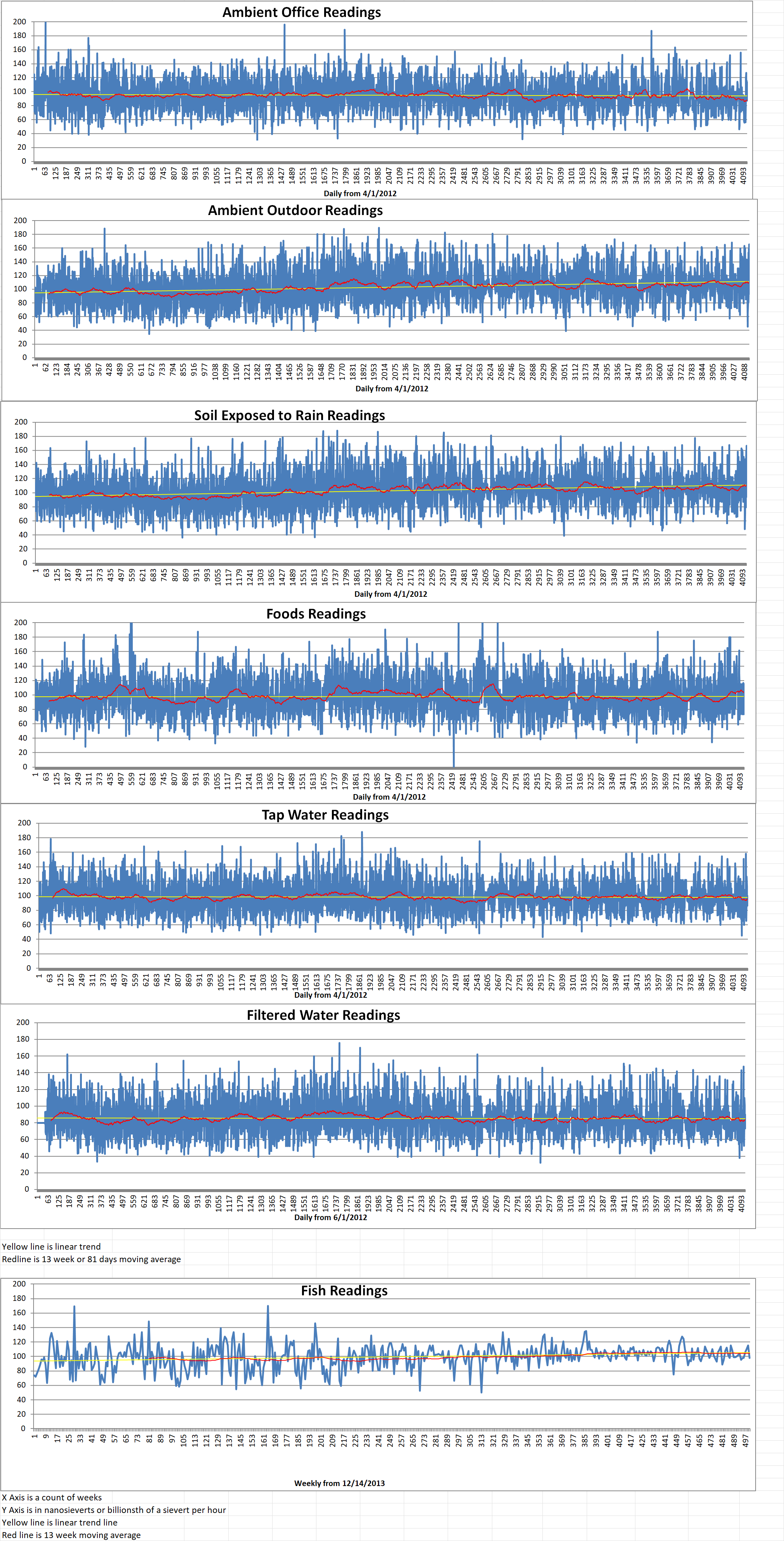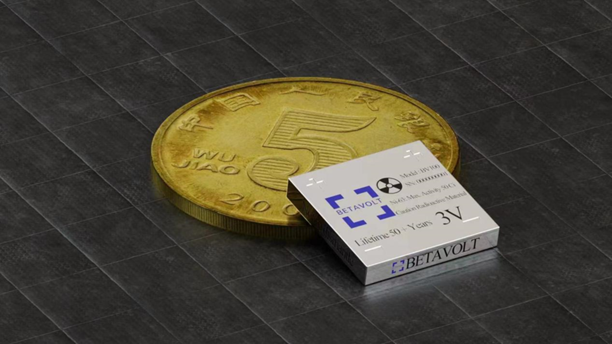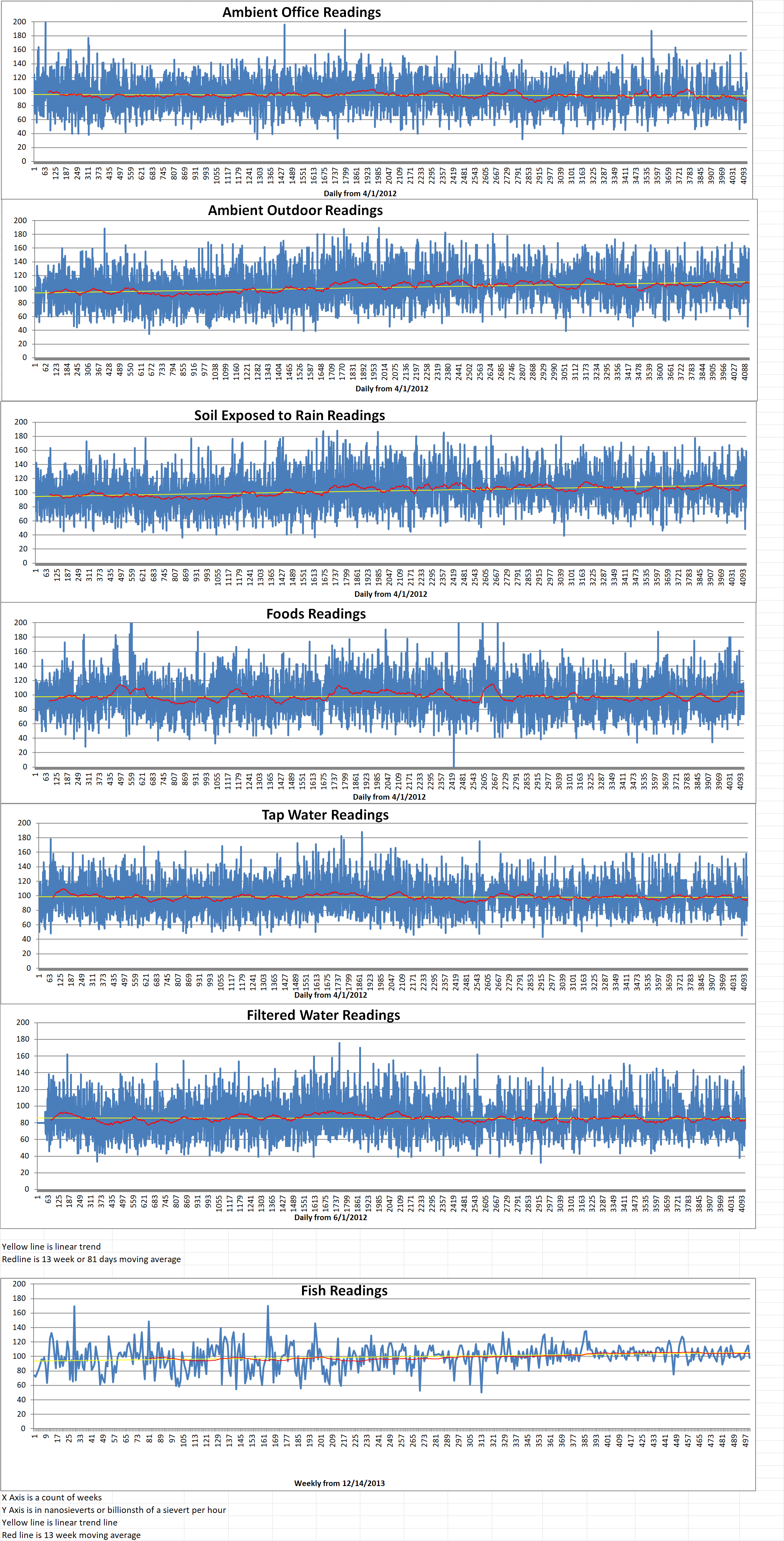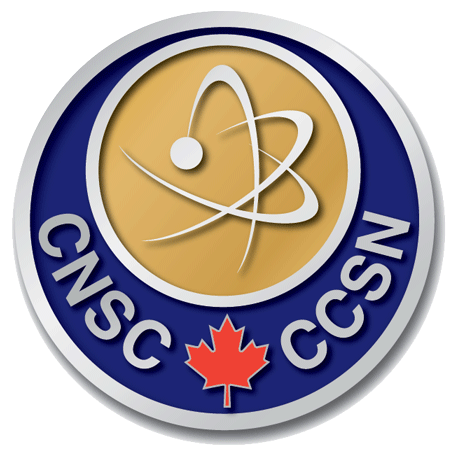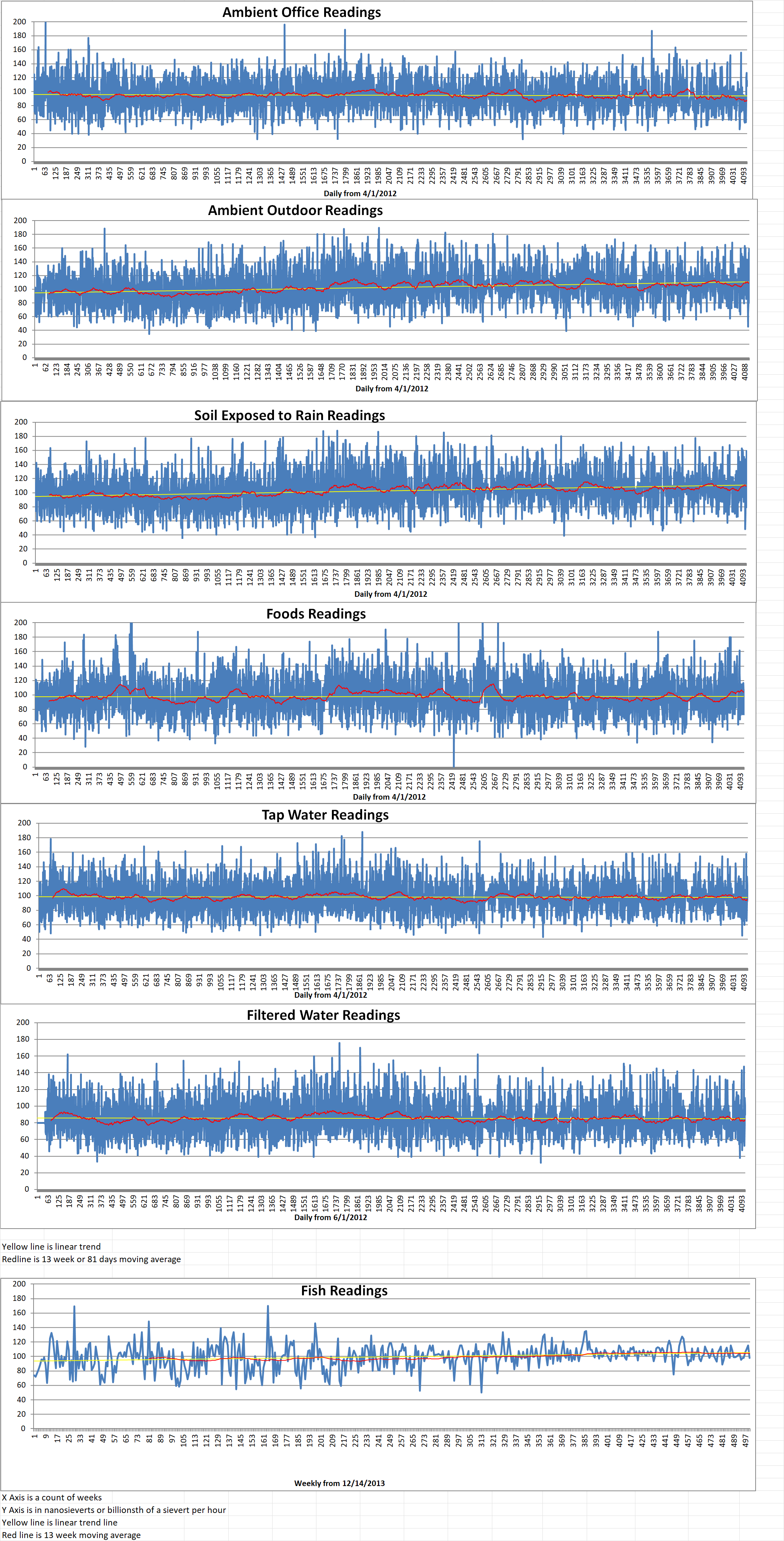Yesterday, the Canadian Nuclear Safety Commission (CNSC) announced the CNSC’s decision to amend the nuclear research and test establishment operating license held by Canadian Nuclear Laboratories (CNL) for Chalk River Laboratories. The amendment authorizes the construction of a near surface disposal facility (NSDF) on the Chalk River Laboratories site, which is located in Deep River, Ontario. It is also on the traditional unceded territory of the Algonquin Anishinaabeg peoples.
Before making its licensing decision under the Nuclear Safety and Control Act (NSCA), the CNSC concluded that, under the Canadian Environmental Assessment Act, 2012 (EAA), the NSDF Project is not likely to cause significant adverse effects on the environment. In order for this to be true, it will be necessary for the CNL to implement all proposed mitigation and follow-up monitoring measures, including continued engagement with Indigenous Nations and communities and environmental monitoring to verify the predictions of the environmental assessment (EA). The CNSC also decided that the design of the NSDF Project is robust. It is supported by a strong safety case, able to meet its required design life, and sufficient to withstand severe weather events, seismic activity, and the effects of climate change.
The CNSC gave careful consideration to all submissions received throughout the multi-year regulatory review and hearing process, which began in 2016. As a nuclear power lifecycle regulator, the CNSC focuses on continuous engagement and consultation with Indigenous Nations before, during and after CNSC proceedings for CNSC activities. This includes collaboratively drafting rights impacts assessments with Indigenous Nations and communities, and consulting on mitigation measures to help reduce any potential impacts of the NSDF Project.
The CNSC was satisfied that it had carried out its constitutional responsibility to consult and, where appropriate, accommodate Indigenous rights with respect to its decision making on the NSDF Project.
In making its EA decision, the CNSC concluded that the NSDF Project is protective of human health and the environment. It includes the Ottawa River, and the proposed site is an acceptable and safe location for the NSDF Project.
The CNSC ruled that the site selection and NSDF design are in alignment with International Atomic Energy Agency standards. Additional information about the EA decision can be accessed in the Backgrounder document, as well as in the full record of their decision.
With this decision, the CNSC amended CNL’s nuclear research and test establishment operating license for Chalk River Laboratories to authorize the construction of a near surface disposal facility (NSF). The amended nuclear research and test establishment operating license will still be valid until March 31, 2028.
The record of the CNSC’s decision is available in both official languages on the CNSC website at nuclearsafety.gc.ca. It is also available upon request to the CNSC Registry at [email protected]. Transcripts of the hearing submissions are also available on the CNSC website.
• Backgrounder
• Media Kit
• CNSC oversight of Chalk River Laboratories
• Information about the CNSC’s review of the NSDF Project
• Submissions for Part 1 of the hearing, Part 2 of the hearing, and the hearing for final oral submissions
• Archived recordings of Part 1 of the hearing, Part 2 of the hearing, and the hearing for final oral submissions

